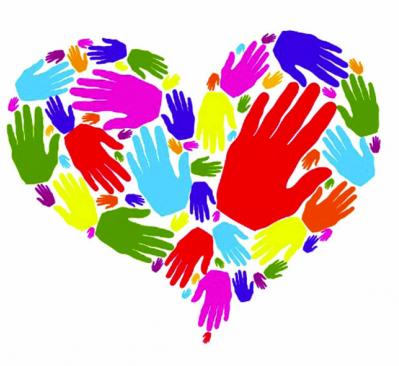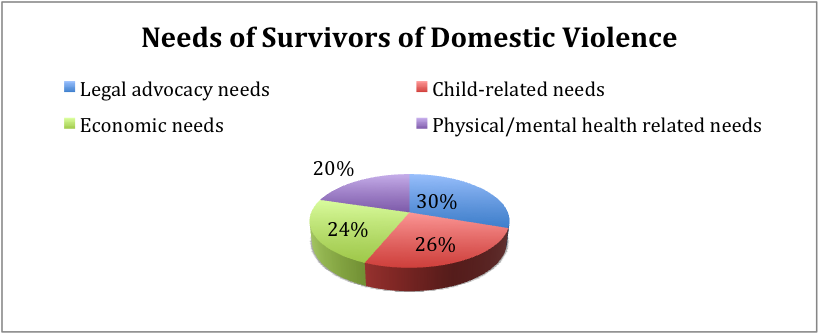
Many concerned community members want to help families experiencing domestic violence. This is PART 2 of a 2-part collection, which includes Domestic Violence Shelter Development (PART 1). PART 2 provides suggestions and ideas for building needed resources in your community for survivors of domestic violence, in lieu of opening a shelter or safe house.
While many individuals and communities across the country have succeeded in establishing shelters that serve the needs of countless survivors of domestic violence, one of the most vital considerations regarding whether to start a new shelter is that of need. In just one day in 2013, more than 66,500 victims across the country were served by 1,649 local domestic violence programs participating in the 2013 National Census of Domestic Violence Services. The vast majority of these programs (77%) included emergency shelter as part of their services (NNEDV, 2014). While most survivors access supportive nonresidential services only, according to the 2013 National Census of Domestic Violence Services – in which approximately 87% of identified local domestic violence programs in the U.S. participated – 36,348 domestic violence victims found refuge in emergency shelters or transitional housing provided by local domestic violence programs (NNEDV, 2014).
Despite large numbers of domestic violence survivors finding safety in shelters across the country, shelters are not equipped to meet the long-term needs of survivors, as most are designed to provide emergency, short-term housing. Moreover, many survivors utilize the numerous non-residential services provided by domestic violence programs, and have an interrelated range of needs. For example, a survivor may need legal advocacy for a protective order case against an abusive partner. Attempting to leave an abuser without legal protection may exacerbate an already dangerous situation. Or a survivor may need financial help in order to execute a carefully constructed safety plan.

Alternative Ways to Help Survivors
Based upon your particular background or area of expertise, choose a section below to learn about the unique ways in which individuals can assist survivors of domestic violence. Please note the following list is not exhaustive, and individuals are encouraged to help survivors to the extent they are able and under the guidance of their domestic violence victim advocacy program. To find a program serving your community, contact your state/territory coalition. Each coalition identifies local domestic violence programs (also referred to as members) organized by county or region on their websites.









